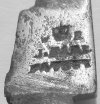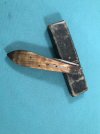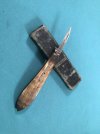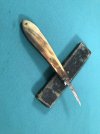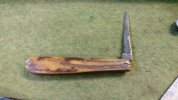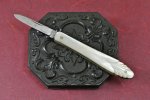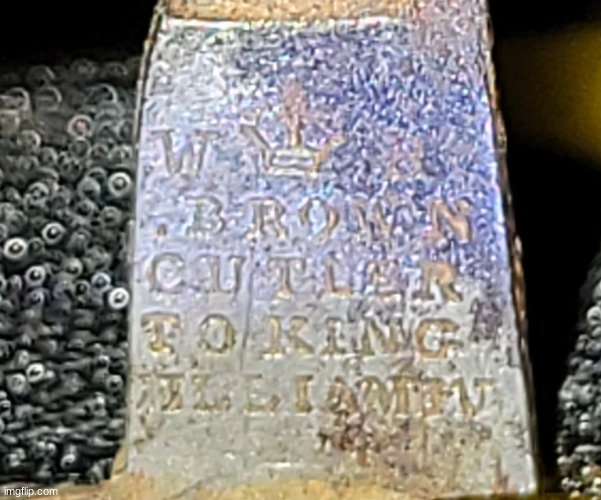Absolutely intriguing Jack.
LOVE IT!
All our friends coming in to help and also show their wares.
That my friend is the heart of what and why we are all here, a hugely Traditional knife.
I simply Love these old Sheffield’s- and what a treat to see this latest treasure.
I am sure that if you knew anybody with the right equipment- an x-ray would define the edges of the stamp? I’m not too sure if that’s correct or not?
There have been some awfully close calls as to what that neat old stamping states.
You are right my friend - VERY little room - for Tang stamping


I could never decipher the stamping on that wee JR - but loved the Ivory and the super slender delicate actions that amazes one when considering the ages of these pieces.









